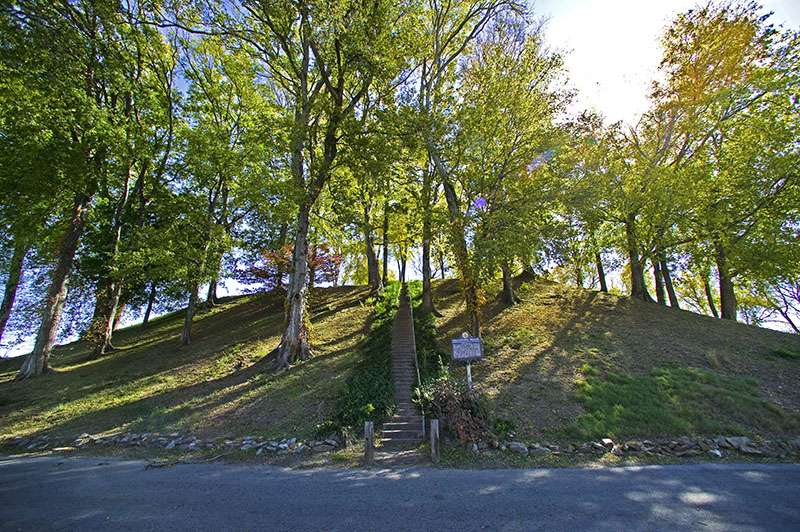…
North Alabama
North Alabama, also known as the Alabama Mountain Lakes Tourist Association, formed in 1964 with the express purpose of developing …
Florence Indian Mound
The large earthen mound known as the Florence Indian Mound was the heart of a large prehistoric cultural center that dominated …

